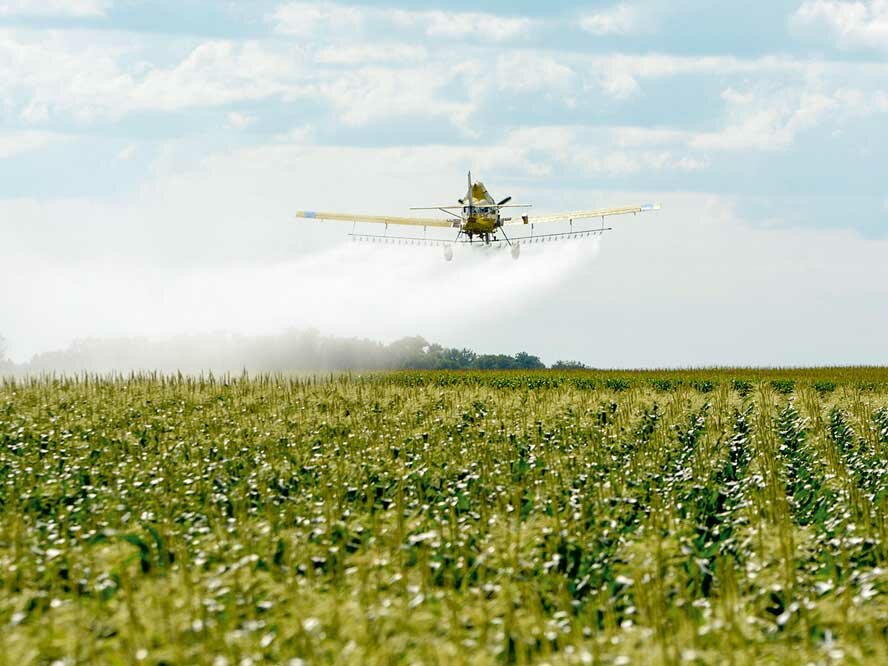Biologicals: Where they work - and why
By Thomas Preusse, DLG Mitteillungen
In Europe, biological crop protection products are mainly used in fruit and vegetable cultivation. In Brazil, it is exactly the opposite: there, they have become the standard in arable farming in recent years, as one could learn recently at an online event organised by the Horsch company. They now account for 25 % of the total crop protection market, with macro-organisms accounting for 20 % and micro-organisms for 80 %. "In ten years, that could be 30 or 40 %," expects Gustavo Hermann from the Koppert company. The Brazilians are aggressively marketing this as sustainability. That would be something for our arable farming strategy! But the situation that led to it - as a European farmer you don't really want to have that.
Resistance management as motivation
Brazil "feeds" the world - with large fields, tight maize-soya crop rotations or the possibility of two harvests a year. All these factors together have led to an enormous increase in disease and pest pressure. In any case, the intensity of crop protection is higher than in Europe, because the lack of winter means green bridges for pests, which, unlike in Europe, traditionally focus on insects and (until the appearance of soybean rust) less on fungal diseases. Increasingly frequent spraying, even with reduced application rates in the face of economic pressure, led to textbook resistance developments. And that is why the rise of biologicals has mainly to do with resistance management and not with the goal of using less "poison". Unlike chemistry, they do not work with just one mechanism of action.
A caterpillar as a development accelerator
As early as the 1990s, farmers had been using Bt maize to combat pests. Since the 2000s, Trichogramma has been used against Sclerotinia in soybeans, for example.
However, the big breakthrough for biologicals only came in 2013 with the cotton bollworm (Helicoverpa), which could not be adequately controlled either via Bt or with insecticides. This opened up "growth space" for companies like Koppert, which now even offer biological "complete solutions".
Systems thinking is needed
You cannot replace a chemical measure 1:1 with a biological one, says Gustavo Hermann. What is needed is "systemic thinking" and two steps in advance. The effort is not even greater, only the work organisation needs to be adapted. The large farms apply biologicals by plane, just like conventional crop protection products. But they are less flexible because they can only spray in the morning and evening. Because the products are less durable, some farms have built up their own production. The quality of the products seems to vary greatly from supplier to supplier.
How long the combination of chemicals and biologicals will last in the context of the "old" crop rotations remains to be seen. Until then, the famous Hölderlin sentence applies: "But where there is danger, there also grows that which can be saved.



